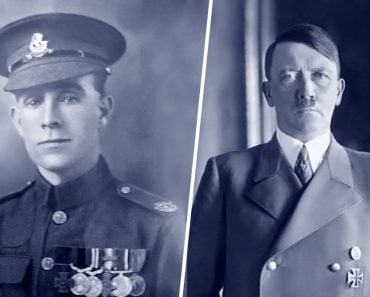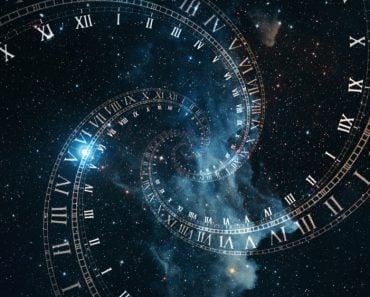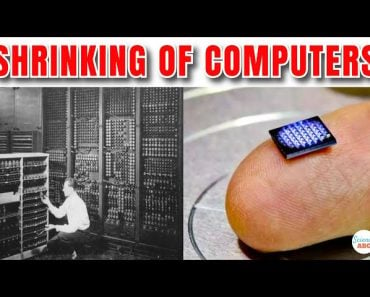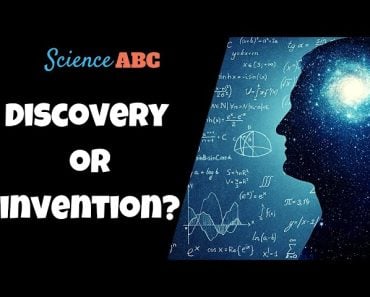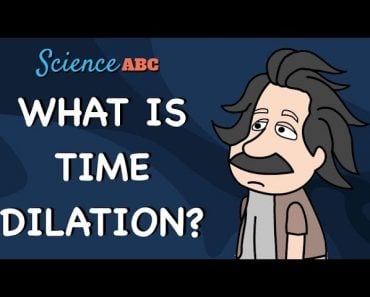Too tired to read? Listen on Spotify:
Alan Turing led a team of mathematicians, cryptographers and codebreakers alongside his colleague Gordon Welchman to break the Enigma code during the second world war.
At times when you are completely at the end of your wits, a tiny clue often appears, something so conspicuous that it can easily escape the attention of everyone. The key to success is identifying the clue that “changes everything” and use it to your advantage.

This is precisely what happened during World War II in a place called Bletchley Park in Great Britain, where a team of scientists, mathematicians and cryptographers were attempting to break the Enigma Code.
Recommended Video for you:
What Is The Enigma Code?
The Enigma Code is a cipher created by a machine known as the Enigma Machine. During World War II, the Enigma Machine was an essential communication tool for the Nazi forces. It was used to encrypt top-secret messages, which were then transmitted over long distances to the German military troops at the front using Morse code.
How Did The Enigma Machine Work?
In order to understand how to crack the Enigma Code, one must comprehensively understand how the Enigma machine worked. You can read about its important components and function in this article: how did the Enigma machine work?
What’s So Special About The Enigma Code?
The quality of any code is measured in terms of the number of possibilities one has to go through to arrive at the correct answer (this is one quantifiable entity, which is why we’ll only consider this).

The Enigma Machine was notoriously difficult to crack because it required several settings to be precisely aligned. In fact, there were more than 15 million million million possible combinations to decipher, making it seem virtually impossible to break.
How Did Turing’s Team Crack The Enigma Code?
During World War II, a team of scientists, mathematicians, and cryptographers worked to break the Enigma code, a cipher used by the Germans to protect their messages. A brilliant mathematician, Alan Turing led this team alongside his colleague Gordon Welchman. The team developed their version of the Bombe Machine, which the Poles invented initially, but the machine needed to be more efficient.
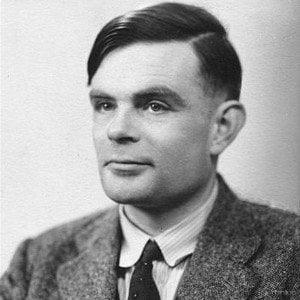
Although Turing’s version of the Bombe Machine was more advanced than the Polish version, it still took an unacceptably long time to decipher any code, which was bad news for Britain and the other Allied nations. To address this issue, Turing had to develop a new idea enabling the Bombe Machine to crack the code much faster.
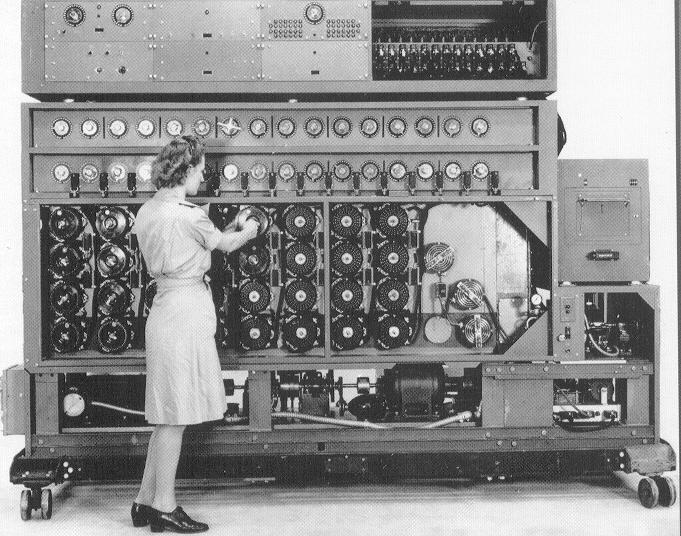
One memorable day, Turing had an epiphany. He identified a weak spot in the Nazi encrypted messages – a chink in that ironclad armor.
This flaw was something that could finally help to decipher every single encrypted Enigma message!
What Was The Flaw In The Enigma Code?
Let’s try to understand this important flaw with an example.
Suppose you wanted to encrypt a message that contained a total of 3 words. The first word of the message was, let’s say, ‘SCIENCE’. Now, the first letter that you would want to encrypt is ‘S’, so when you press the ‘S’ key on the keyboard of the Enigma Machine, an electric signal was generated that traveled through a lot of wires and rotors and ultimately lit up a different letter (say, ‘M’). So the ‘S’ in ‘SCIENCE’ would be encrypted as ‘M’.
Similarly, the other words would be encrypted as different letters than they actually were. On one end of the Enigma Machine, you typed ‘SCIENCE IS AWESOME’, but the encrypted output might have looked something like ‘MKSQER PO QAPEKRQ’, or something entirely different.
Did You Notice Anything About The Above Encryption?
Every letter was encrypted as a letter that was different than itself. Never once did it happen that a letter was encrypted as itself.
Quite simply, when you type ‘S’, it could be encrypted as any one letter of A,B,C….X,Y,Z. Any letter out of the 26 letters could be the, but not S. Therefore, an ‘S’ would never be encrypted as an ‘S’. Now, read the encryption of ‘SCIENCE IS AWESOME’ again and see if that holds true.
This was the single flaw in the Enigma code.
How Did This Flaw Help Crack The Enigma Code?
Now that you know that a letter can be encrypted as any letter other than itself, the total number of possible settings decreased exponentially.
To aid this process, all Turing needed was a word (or a group of words) that he was positive the Germans would use in each of their Enigma-encrypted messages. What was that word, or rather, that phrase?
‘Heil Hitler’
Germans put the phrase ‘Heil Hitler’ at the end of every encrypted message. This seemingly small mistake eventually contributed to their ultimate defeat.
This is one of the many examples that proves that mathematics is not just a meaningless collection of numbers (which is what math-haters believe!). It’s something far greater… something that can save countless human lives.
This historical event proves another vital thing; perseverance and belief in your ideas eventually leads to success, no matter how insurmountable the problem may initially appear.
Last Updated By: Ashish Tiwari
References (click to expand)
- Rombaut, M., Boeckmans, J., Rodrigues, R. M., van Grunsven, L. A., Vanhaecke, T., & De Kock, J. (2021, September). Direct reprogramming of somatic cells into induced hepatocytes: Cracking the Enigma code. Journal of Hepatology. Elsevier BV.
- Who First Cracked the ENIGMA Cipher?.
- Alan Turing, Enigma, and the Breaking of German Machine ....
- Rakus-Andersson, E. (2003). The Brains behind the Enigma Code Breaking before the Second World War. Mathematics and War. Birkhäuser Basel.


